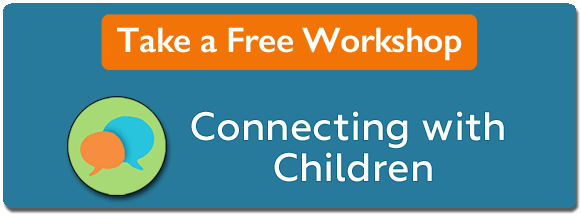
Four-year-old Jason hit his mother, Rebecca, with his fists and kicked her ankles. Rebecca ignored Jason’s blows and continued listening to her friend at the coffee shop.
Why was Rebecca allowing her child to abuse her? When visiting with Rebecca she told me that that the parenting tools she had to deal with Jason’s hitting was to hit back, tell him to stop, or yell at him. “Jason’s upset and I don’t want to upset him more,” Rebecca said.
Rebecca didn’t understand the difference between hitting and anger.
Anger is a feeling. Hitting is an action. We can’t stop emotions, but we can stop our actions.
We all feel anger. It is a core emotion.
With anger, stress hormones flood the brain and the amygdala, the emotional center of the brain, turns on the fight or flight response. The ability to think is diminished and basic survival instincts prevail. Until we develop impulse control in stressful situations, feelings, thoughts and actions seem to tumble on one another in a mish-mash that can be hard to discern which came first, the feeling, the thought or the action. Until the amygdala calms, the fight or flight reaction remains.
Differentiate between a feeling and an action.
To control actions it is important to be able to separate feelings from thoughts. Many adults find this difficult to do, and this inability causes unhappiness and damaged relationships. A good reason we should help our children learn this.
State rules and expected behavior.
When a child hits you, squat down to the child’s level and look the child in the eye.
Get the child’s attention and state the rule: No hitting.
Then state the appropriate behavior, for example: “Use your words to tell me what the problem is.” “Be gentle.” “Remember how to interrupt a conversation.”
If this doesn’t stop or change the behavior, you may have to separate yourself from the situation. It might be more effective for you to leave the room than engage in a power struggle. Disengaging from the situation gives child and adult time to cool down and later discover what the problem is.
We have to model self-control to teach it.
Spanking and yelling teaches spanking and yelling. Self-control means we have to extend our kindness to neighbors, spouses and others. Our children learn by watching adults. It’s a tough world, being a parent.
To change the situation, we can name the feeling. “Jason, I can see you are upset. Can you tell me what you are upset about?”
Sometimes our children can tell us what they are feeling. Sometimes their anger is more about not feeling safe as their world changes.
Create a safe environment.
Jason’s family had recently moved to a new house and his mother had been out of town for a few days to see her brother in the hospital. Jason sensed his mother’s worry and his actions reflected that tension.
As soon as Rebecca told Jason that she was worried about her brother, Jason was able to connect language to a feeling and say, “I’m worried, too.”
Rebecca began to see that she had put Jason in situations where he didn’t feel safe in addition to his being tired and hungry. The stress hormones that flood the brain made it almost impossible for Jason to control his feelings, thoughts and actions.
Learning how to differentiate between a feeling and an action, learning how to clearly state rules and expected behavior, modeling self-control, naming the feeling, and creating a safe environment with not too much new helped Rebecca put some new tools in her parenting toolbox.

